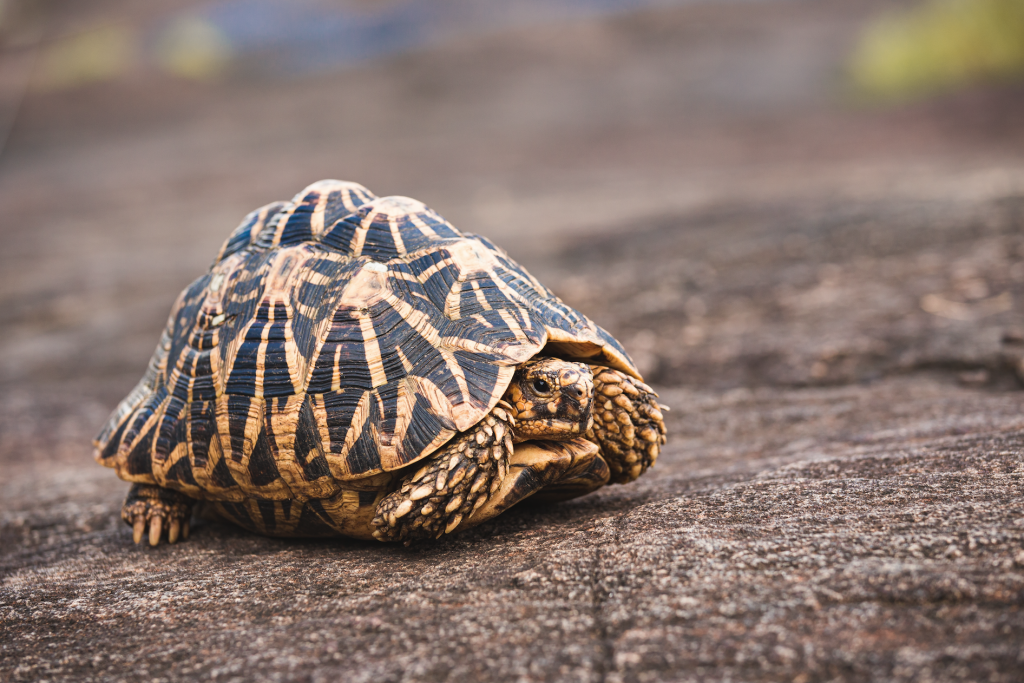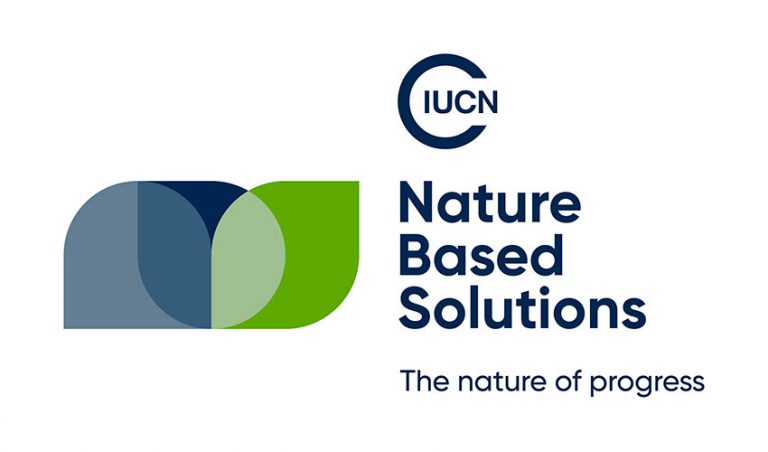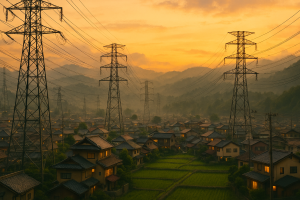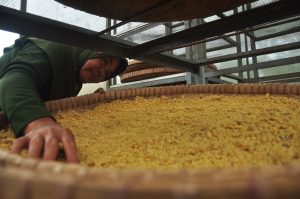
Jakarta – At least 1,829 species or 21 percent of the world’s reptile species are vulnerable, endangered, or critically endangered due to increasingly extreme changes in the Earth’s climate, scientists found recently. Researchers examined 10,196 reptile species and evaluated them using criteria from the International Union for Conservation of Nature (IUCN) red list of threatened species, Science Alert reports a recent Nature journal article, Thursday (5/5).
Neil Cox, co-leader of the study and Manager of the IUCN-Conservation International Biodiversity Assessment Unit, said this was already exceeding the number of threatened species. “The results of the Global Reptile Assessment signal the need to ramp up global efforts to conserve them,” he said, adding that “because reptiles are so diverse, they face a wide range of threats across a variety of habitats. A multifaceted action plan is necessary to protect these species, with all the evolutionary history they represent.”
He said crocodiles and turtles were found to be among the species most at risk, with about 58 percent and 50 percent of the currently estimated extinction label respectively. Cox added that this could not be separated from overexploitation and hunting. Crocodiles are killed for their meat and tortured for entering residential areas. “The global community has an unprecedented opportunity to begin turning around the looming extinction crisis right now though agreeing a strong, action-oriented post-2020 global biodiversity framework that defines ambitious goals as well as a clear pathway to reach them,” he said.
Meanwhile, turtles are the target of the pet trade and their meat is often used as the main ingredient in traditional medicine. Another well-known species at risk of extinction is the king cobra which is the most venomous snake in the world. The king cobra is classified as a vulnerable reptile and suggests this one snake is very close to extinction.
Bruce Young, Chief Zoologist and Senior Conservation Scientist at NatureServe, who co-led the research, said the threatened reptiles were mostly found concentrated in Southeast Asia, West Africa, northern Madagascar, the North Andes and the Caribbean. Climate change poses a direct threat to about 10 percent of reptile species, although the researchers say the likelihood is too low because it doesn’t take into account long-term threats like sea level rise, or indirect climate-driven harm from things like disease.
The researchers were surprised to find that conservation aimed at mammals, birds and amphibians also benefited reptiles, although they stressed the study highlighted the urgent need for conservation specifically for some species.
“The reptile assessment, which involved hundreds of scientists from around the world, took about 15 years to complete due to a lack of funding. Whereas research can help spur the international community to stop the loss of biodiversity,” said Young. (Hartatik)
Banner photo: IUCN logo















